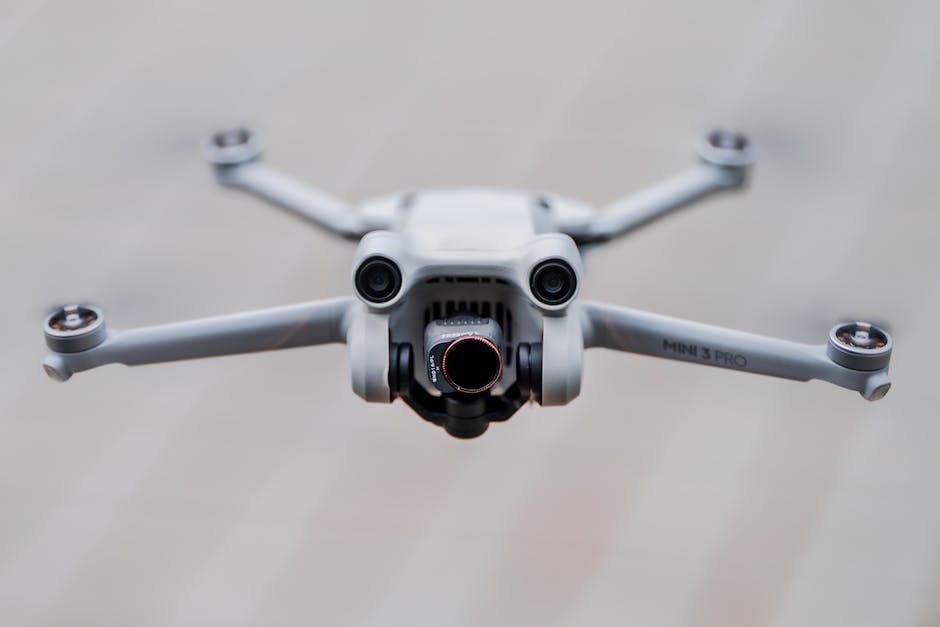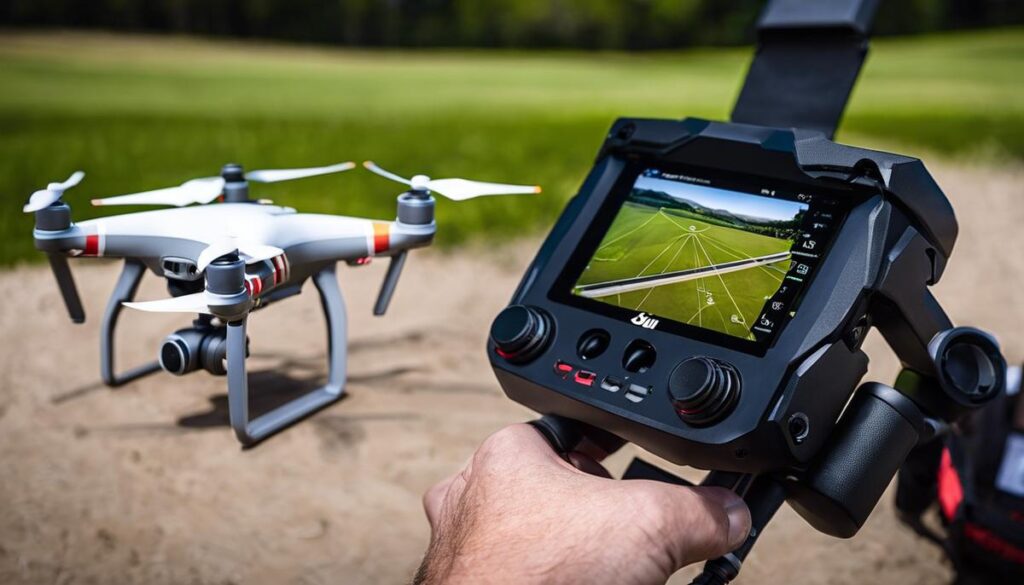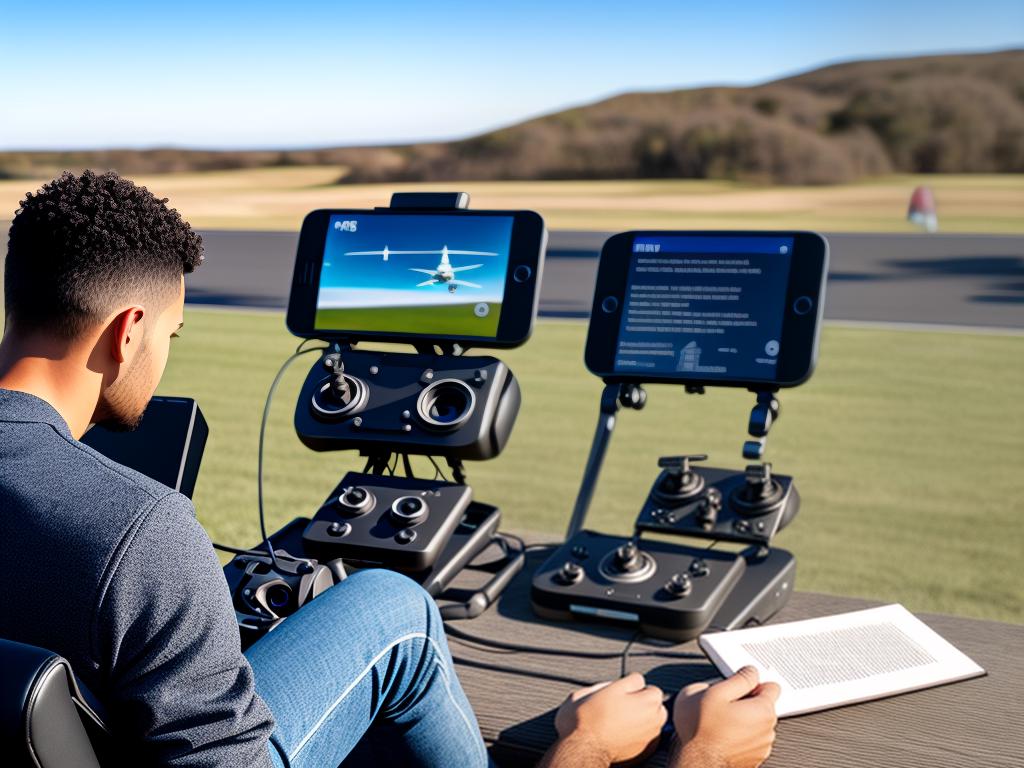Revolutionizing photography and videography, drones have transcended beyond professional use and have become a popular tool among hobbyists and enthusiasts. Among various drone brands, DJI stands out for their innovative and advanced features. One crucial but often overlooked feature is the compass, which plays a significant role in maintaining the direction and stability of the flight. With a thoroughly calibrated compass, your drone moment can be safer, smoother, and more accurate. This guide aims to imbue you with a well-rounded understanding of a DJI drone’s compass functioning, the preparation required for successful calibration, and the step-by-step compass calibration procedure.
Understanding Drone Compass Functioning
Unraveling the Purpose of A Compass in a DJI Drone
Soaring through the skies and capturing breathtaking aerial shots, DJI drones have become a tech enthusiast’s favorite sidekick. But what is it that notches up the performance of these high-precision aerial vehicles? Here’s a short answer – it’s the compact, all-important, built-in compass!
A compass in a DJI drone is essentially the central focal point of the drone’s guidance systems. While drones whirl along the sky, the compass helps orient the flight path and steer them in the right direction. Let’s delve deeper into the complexity and functionality of this incredibly crucial component.
In essence, the compass aids in determining the craft’s heading. It point-blank tells the drone which direction is north. This manifests as a critical function of the flight control system because the drone uses this relative assessment to calculate its path. Simply put, the compass is the gut-instinct of the drone, dictating its directional decisions.
One might question – doesn’t the GPS do that? While GPS systems are instrumental in dictating the drone’s geographical position in terms of latitude and longitude, it’s the combination of the compass and GPS that enables the drone to trace its directional profile correctly.
The compass assists the drone in maintaining its orientation, especially when the gadget is out of sight or is flying at high altitudes. By consistently analyzing the compass data, the drone makes instant course corrections to ensure a stable and directed flight. In fact, compass calibration is crucial for a safe and controlled journey of your DJI drone. This functionality makes it possible for the DJI drones to return to their launch points seamlessly even after a long, exploratory flight.
Moreover, the compass in a DJI drone has an indispensable role in executing complex maneuvers. Whether it’s autonomous waypoint navigation, follow me mode, circle hover or safe fly zone functions, the compass is the guiding force behind these operations. It enhances the accuracy of these features ensuring that the drone accurately follows predefined paths and avoids any obstacles or no-fly zones.
In conclusion, the compass is the heart and brain of a DJI drone. It maintains, dictates and determines not only the drone’s spatial awareness but also enhances the overall precision and control in its flight patterns. An understanding of this component, therefore, illustrates the intricacies behind the command of these aerial behemoths – a combination of powerful technology and ravishing simplicity. Imagine a tech enthusiast’s delight in mastering this complex interaction of software, hardware, and pure physics!

Preparing for the Compass Calibration
Heading into the woods or ascending the urban canyons for a drone flight, preparation is key. But more important, ensuring your DJI drone is properly calibrated is crucial for a successful and controlled flight. So, let’s establish how you should properly fine-tune your drone’s compass.
Firstly, you want to choose a proper location for the calibration process. Opt for an open, flat region, away from any magnetic or metal objects. Your drone’s compass is highly sensitive to such anomalies, which could interfere with the calibration or skew its accuracy. Imagine the interference of metal objects as background noise during a call; it distorts the communication and reduces clarity.
Secondly, powering up your drone for the setup is the next stage. Access the DJI Flight app on your mobile device, connect to your drone and navigate to the settings menu. From there, select the “Main Controller Settings” and tap on “Advanced Settings,” following which, find and select the “Sensors” option, and then “Compass.”
Subsequently, you must choose “Calibrate” and then follow the in-app instructions. These will guide you to rotate the drone in specific patterns so that the compass can calibrate itself based on all three axes of rotation. Remember, accuracy in following these steps is paramount. The drone should be held level and turned 360° horizontally. Following this, it should be placed nose-down and spun 360° vertically. It streamlines the compass on all planes for precise navigation and directional decisions.
Then, check for any error messages during calibration. In case an error occurs, restart the process to guarantee successful calibration. Should an error persist, it might be mandatory to move to a different location or ensure no metallic interruptions are present.
Finally, post calibration, do a short test flight, observing compass behavior. Ensure the drone precisely follows the control inputs. Look for stability in flight and response to wind gusts. Any erratic or abnormal behavior can indicate the need for recalibration.
A fine-tuned compass powerfully augments your DJI drone flight. It’s this superior technology that equips your drone with the critical elements of safety, direction, position tracing, and precision in execution. Comprehensive preparation, including proper calibration of the compass, will allow for a satisfying and enhanced flying experience, even amidst the most challenging terrains or complex maneuvers. So gear up, calibrate well and conquer the skies.

Photo by lureofadventure on Unsplash
Compass Calibration Procedure
Let’s dive directly into how to calibrate your DJI drone’s compass.
Right away, don’t underestimate the impact metal structures, large magnets, power lines or even cars can have on your DJI drone’s compass calibration. These can generate magnetic fields that disrupt the compass, adding noise to the data the compass reads. Hence, choosing an open, interference-free area away from such objects is vital for an accurate calibration process.
Switch on the DJI drone and connect it to the DJI Flight app on your smartphone. Tap on the three dots at the top right corner of the interface to access your overall settings menu. Here, scroll down to find and select the “Advanced Settings” option. The navigation trail won’t leave you high and dry. Proceed on and select “Sensors”. Within this, you will see an option for “Compass”. You are now in the right place to proceed with calibration.
DJI has made the calibration procedure intuitive by embedding step-by-step instructions within the app interface. Begin the calibration process by tapping on “Start Calibration”. The app will guide you to rotate the drone in two specific orientations. The first rotation requires you to hold the drone horizontally and rotate 360 degrees. The second rotation needs the drone to be held vertically, with the camera pointing downwards, again turning 360 degrees. Follow these instructions carefully, ensuring each rotation is continuous and smooth.
While you rotate the drone, keep an eye on the DJI Flight App screen. During calibration, there’ll be real-time updates. If there’s any error, the app will show an error message. If such a glitch occurs, don’t panic. Start over from scratch; re-calibrate the compass. Remember, patience keeps the tech world ticking.
Once you’ve successfully completed the compass calibration procedure, don’t dash off for an extended flight just yet. Safety first! Perform a quick test flight in a controlled and safe environment, and check if the drone’s behaviour aligns with the commands. This would help in discerning any irregularities in compass performance post-calibration right away.
Ultimately, the compass calibration process is crucial for the DJI drone’s performance as a well-calibrated compass ensures seamless conjunction with GPS. This leads to incredibly accurate directional navigation, precise orientation maintenance, enhanced accuracy in complex maneuvers, and most importantly, a safe and controlled flight. So next time before setting the drone free to conquer the sky, ensure the compass is well calibrated!

Once a mystery exclusive to professional pilots, compass calibration of DJI drones is no longer a daunting task. You are now equipped with a comprehensive guide to the role and functioning of the drone compass and understand its impact on your drone flying experience. You also have an insight into the necessary preparation steps for compass calibration, ensuring minimal interference during the process. Lastly, you are conversant with the calibration method, allowing you to accurately fine-tune your DJI drone for optimized performance. Armed with this knowledge, we hope your drone flying activities become more exciting, inventive, and above all, safe.
Originally posted 2024-01-10 02:45:52.




